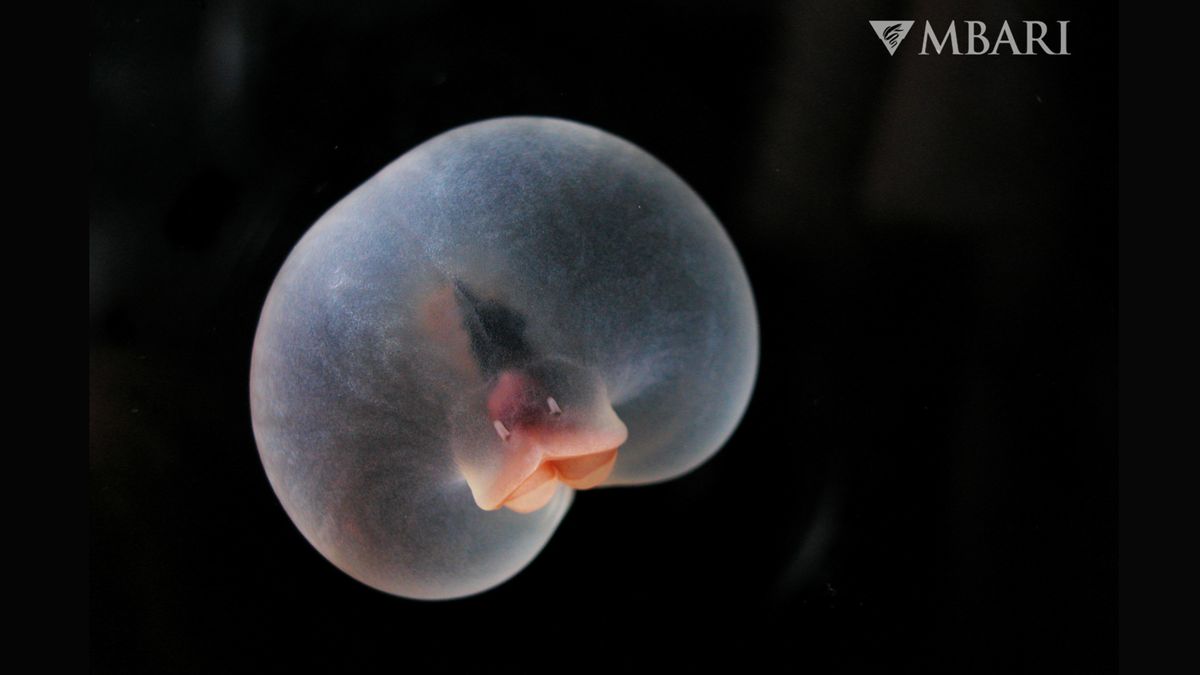An artist’s impression (not to scale) of the path of the fast radio burst FRB 20220610A
M. Kornmesser/European Southern Observatory
An unexplained flash of radio waves that hit Earth in 2022 came from a small group of galaxies some 8 billion light years away. The discovery expands our understanding of the way in which the mysterious fast radio bursts (FRBs) can form.
To date, astronomers have discovered more than 1000 FRBs, strange blasts of radio-frequency electromagnetic radiation that streak across the sky in just milliseconds. Some of the events repeat and have been detected flashing multiple times. A leading explanation is that the FRBs are generated by powerful rotating stars known as magnetars – highly magnetised, spinning cores left behind after massive stars explode as supernovae.
About 50 FRBs have been pinpointed to sources in the Milky Way and other galaxies. But in 2022, astronomers found the most distant and powerful FRB yet: the non-repeating FRB 20220610A, which dates back to when the universe was only five billion years old.
Alexa Gordon at Northwestern University in Illinois led a team that followed up on the discovery. Using the Hubble Space Telescope in April 2023, the researchers found that FRB 20220610A originated in a small dwarf galaxy that was part of a compact group of seven galaxies so small that the entire collection would fit inside our Milky Way. “It’s a very rare system,” says Gordon. “At the distance of this FRB, only about 0.1 to 1 per cent of galaxies are in compact groups.”
Such groups are thought to be active regions of star formation. This supports the magnetar explanation for FRBs, as magnetars probably form early in a galaxy’s evolution when hot and massive stars explode. In compact groups, “the galaxies are interacting pretty frequently”, Gordon says. This triggers star formation that matches what we see in studies of FRBs generated by sources that are younger and closer to Earth.
The work was uploaded to the arXiv preprint server late last year, and was also presented today at a meeting of the American Astronomical Society in New Orleans.
The discovery adds to the types of environments in which we know FRBs can exist. “The majority are in star-forming spiral galaxies,” says Gordon. “But we’ve also discovered FRBs in galaxy clusters, dwarf galaxies and a globular cluster. Adding ‘compact group’ to this list is another example of how we’re finding FRBs in diverse places.”
Topics:
Source link



